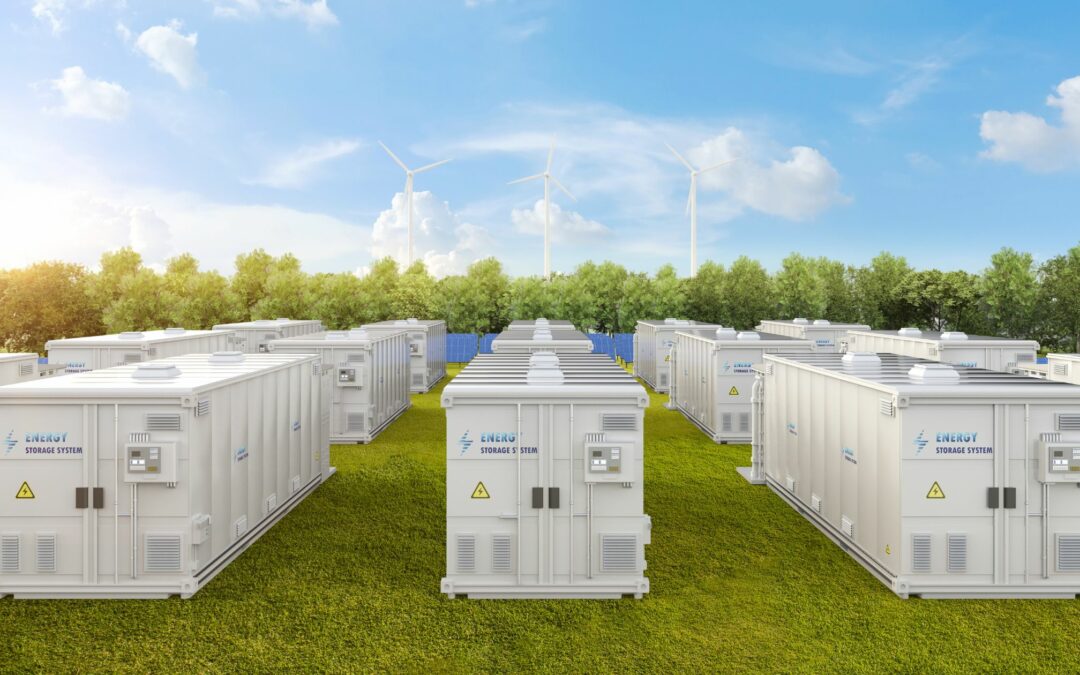The increasing popularity of hybrid battery energy storage systems (BESS) and standalone BESS reflects a significant shift in how energy is managed and utilized across various sectors. These systems, pivotal in integrating renewable energy sources, are becoming essential for both residential and non-residential users.
The essence of hybrid BESS lies in its ability to merge with photovoltaic (PV) systems, creating a more resilient and efficient energy framework. These configurations enable users to harness solar energy more effectively, storing excess power generated during peak sunlight hours for later use. This self-consumption model reduces reliance on the grid and optimizes energy costs. Moreover, BESS enhances the controllability of renewable energy, addressing issues of intermittency that often plague solar and wind power. The ability to store and dispatch energy as needed ensures a steady power supply and contributes to grid stability.
Energy flexibility through demand-side management (DSM) becomes significantly more feasible with the integration of BESS. These systems enable various DSM strategies, such as time-scheduled charging and frequency regulation. By enabling consumers to adjust their energy usage based on real-time grid conditions and electricity prices, BESS helps flatten demand peaks and fill in-demand troughs, which is crucial for maintaining grid balance. This dynamic interaction between energy supply and demand underscores the transformative potential of BESS in modern power systems.
Exploring the economic viability of BESS, especially in hybrid systems, reveals a complex interplay of factors. The initial investment costs are high, necessitating precise system sizing to avoid unnecessary expenses. Techno-economic analyses dominate current research, aiming to optimize the cost-benefit ratio of BESS installations. Studies highlight the importance of matching system components accurately to users’ specific energy needs, ensuring that the benefits of energy storage outweigh the costs.
Operational control of BESS also garners significant research attention, focusing on how these systems can be best managed to maximize efficiency and lifespan. Advanced control algorithms and predictive maintenance strategies are being developed to enhance BESS performance. These innovations ensure that BESS can respond swiftly to changes in energy demand and supply, further solidifying its role in a reliable energy infrastructure.
Demand response (DR) represents another critical area BESS can substantially impact. By enabling consumers to modify their energy consumption patterns in response to signals from grid operators, BESS supports more flexible and responsive energy usage. Despite its potential, DR remains underexplored compared to other aspects of BESS research. Bridging this gap requires more focused studies integrating BESS into DR frameworks, exploring how these systems can enhance consumer participation and improve grid reliability.
Geographically, the research and implementation of BESS vary widely. Europe leads with significant interest and investment, driven by stringent renewable energy targets and supportive policies. Oceania and the Americas also show considerable activity, each with unique focuses based on regional energy needs and policy frameworks. Asia, while also active in BESS research, tends to prioritize different aspects compared to other regions, reflecting diverse energy landscapes and objectives.
The rise of hybrid and standalone BESS is a pivotal advancement in energy management, and the path forward involves addressing existing research gaps – particularly in demand response – and fostering a more integrated approach that combines all dimensions of BESS studies.
Along the way, if you find yourself in need of a BESS system appraisal, consider Appraisal Economics’ BESS valuation services, which offer an in-depth, comprehensive analysis of your system’s fair market value.

